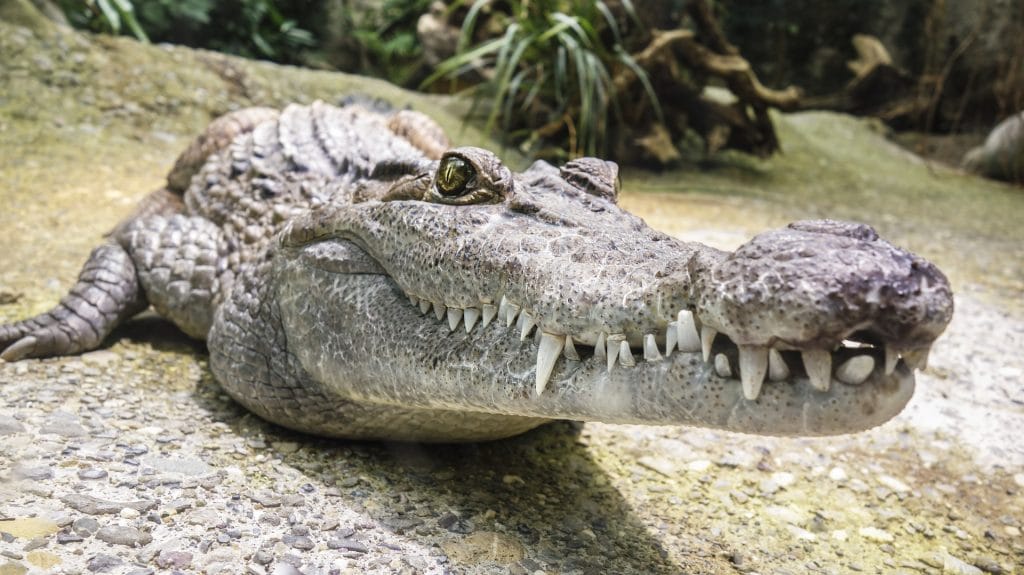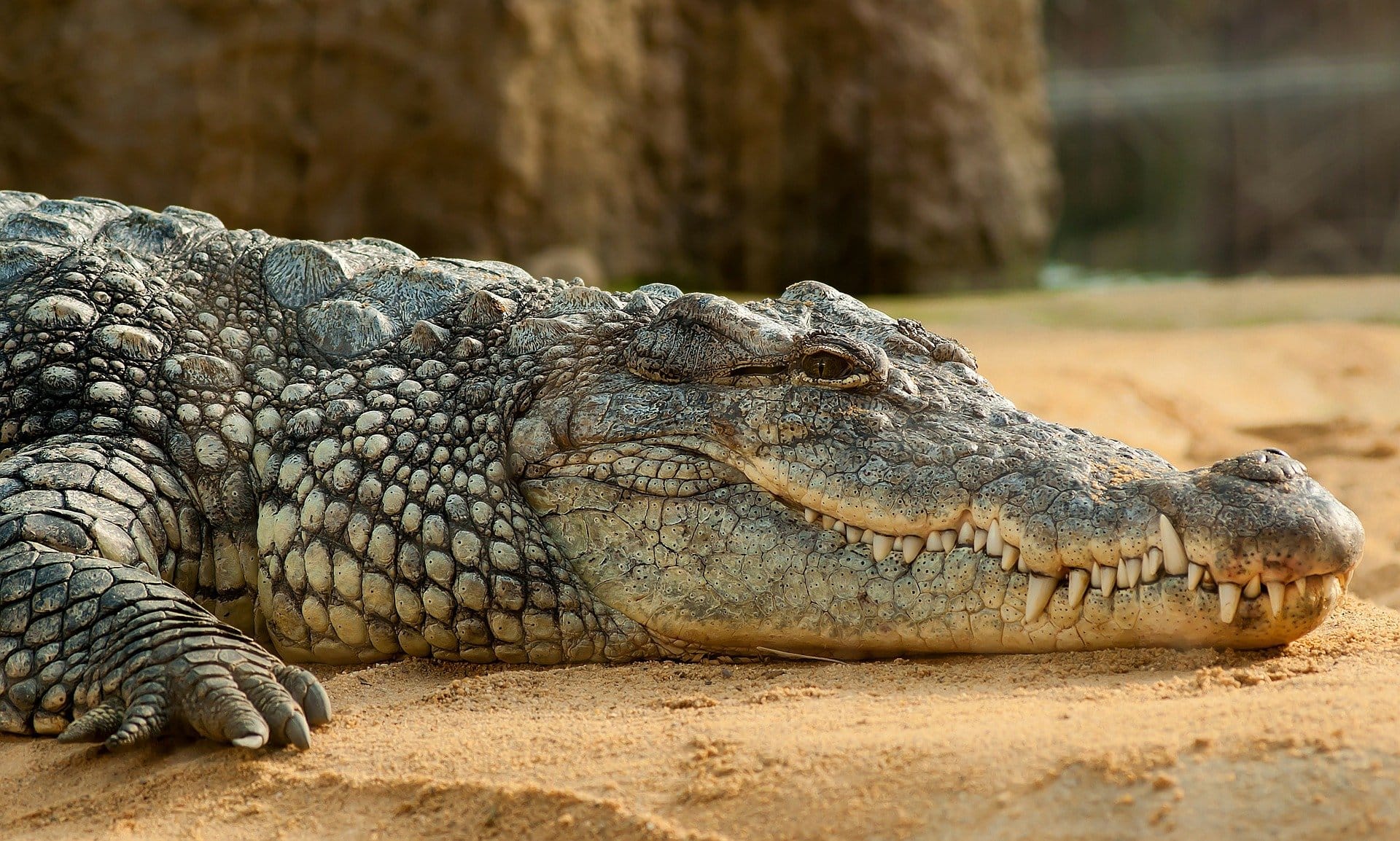There is a common expression “crocodile tears”, meaning feigned, hypocritical sympathy for the victim. We decided to check whether crocodiles can really cry and whether they do it out of pity.
The phraseology “crocodile tears” is so common that its literal analogues found in many languages: for example, in English - crocodile tears, in German - Krokodilstränen and in French - larmes de crocodile. In medieval traditions “crocodile tears” meant sincere repentance for the victim, and only Erasmus of Rotterdam first used this expression in the meaning familiar to us. This expression is also found in Russian literature, for example in "Stories of a City" Saltykov-Shchedrin and in the play "Wolves and Sheep" Ostrovsky. This phraseological unit is also used by modern media, for example "Fontanka", "Ren-TV", "RIA Novosti"etc.
Tearing - not uncommon phenomenon in animals. It is found in reptiles, some birds, and even cats and dogs. This is not due to the manifestation of emotions, but to the need to moisten the eyes or to some kind of injury. Moreover, only among crocodiles are tears usually associated with eating.
Of course, crocodiles cannot feel any pity for their prey, they are predators, and their nervous system is not developed enough to feel any kind of empathy. And they show emotions completely differently. This is partly proven experiment biologist George Johnson, which he conducted in 1927. To test whether crocodiles could cry, he dripped onion juice mixed with salt into their eyes. Despite the fact that this most likely caused discomfort to the animals and irritated the mucous membranes, the crocodiles did not cry, and Johnson came to the conclusion that “crocodile tears” were just an artistic metaphor. Besides countsthat the only animals in which tears are associated with the manifestation of emotions are people.
However, later studies showed that the eyes of crocodiles, alligators and their relatives can actually secrete a liquid similar to tears. Soviet biologist and popularizer of science Igor Akimushkin in his book "Patents of the underwater kingdom", citing research by his Swedish colleagues, claims that crocodiles can indeed cry, but this is not at all connected with the expression of emotions, but only with the need to remove salts from the body. Since the kidneys of reptiles do not cope with this task properly, crocodiles and their relatives have developed special glands that help the kidneys remove excess salt. And these glands are located right next to the eyes.

Specialists of the Udmurt Zoo agree with this version, but they emphasize that this liquid can hardly be called tears, since they are not secreted by the lacrimal glands, like in humans, but by special salt glands. Moreover, these salt “tears” are actually secreted by crocodiles during eating, since when chewing food, the glands are compressed and the liquid comes out.
At the same time, a similar effect during eating occurs in humans - it is caused by Bogorad syndrome, a disease otherwise called crocodile tears syndrome. Malcolm Shaner, a neurologist at the University of California who studies the disease, decided to find out whether this syndrome had any connection with what is seen in crocodiles. He invited zoologist Kent Vliet to take part in research. Despite the fact that in myths crocodiles usually cry when they eat people, they did not dare to feed these animals to humans, by the scientists’ own admission, they did not dare, so they were content with special food. Shaner and Vliet conducted their experiment at a zoo farm in Florida and used alligators and caimans, close relatives of crocodiles, as experimental animals. They observed them, filmed the feeding process and found that five out of seven actually experienced tearing while eating, and some even had foam and bubbles. Scientists have not come to a clear conclusion as to what causes this effect; they have only suggested that it is due to the air passing through the nasal sinuses and mixing with the liquid in the lacrimal glands of animals. However, they are sure: this definitely has nothing to do with the emotional state of the crocodiles.
Thus, “crocodile tears” do exist and sometimes flow from the eyes of these reptiles while eating. But calling it crying is somewhat incorrect, because meaning This word in Russian is inextricably linked with the expression of pain, grief or other feelings. It would be semantically more correct to say that crocodiles have watery eyes when eating.
Half-truth
Read on the topic:
If you find a spelling or grammatical error, please let us know by highlighting the error text and clicking Ctrl+Enter.






